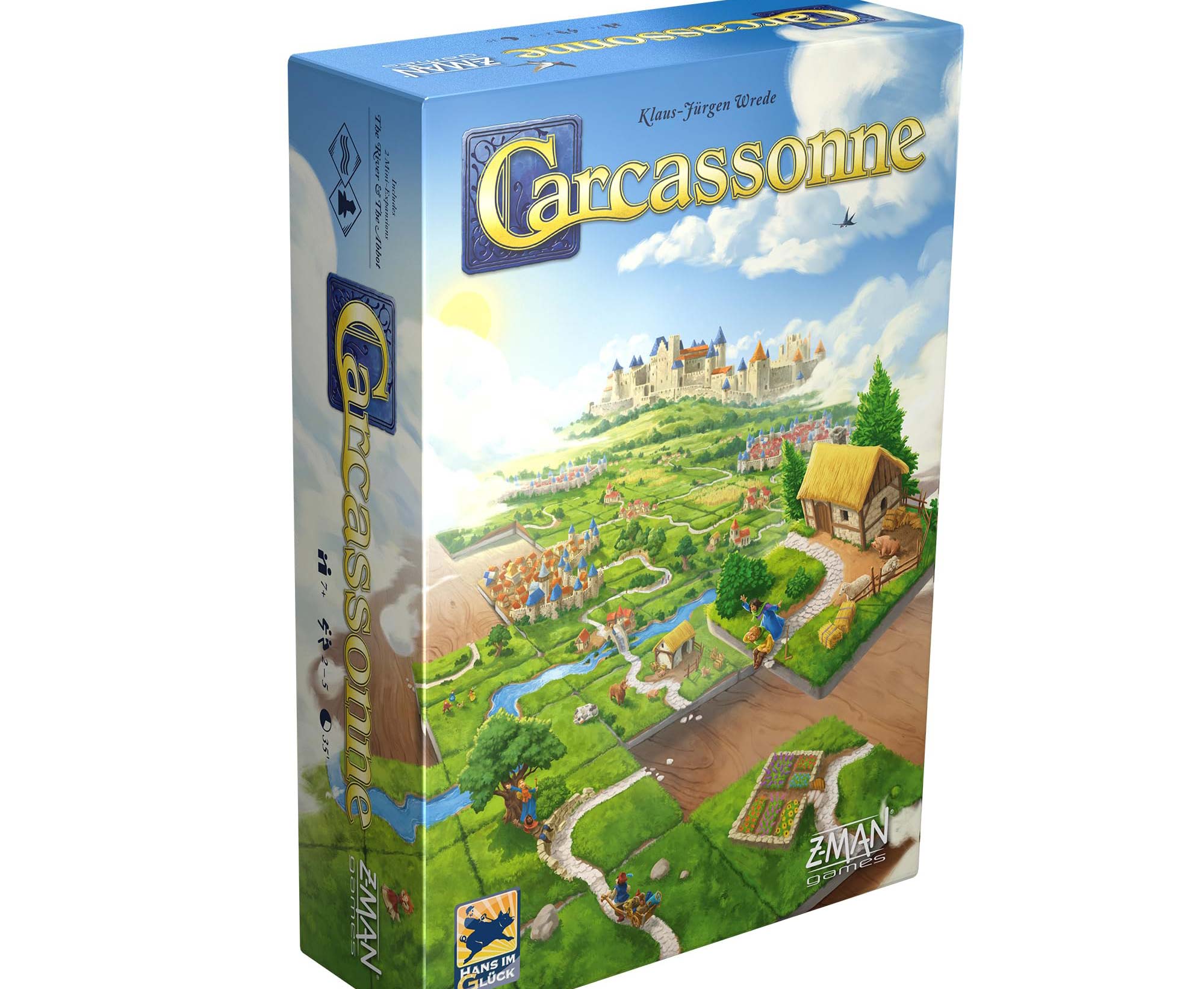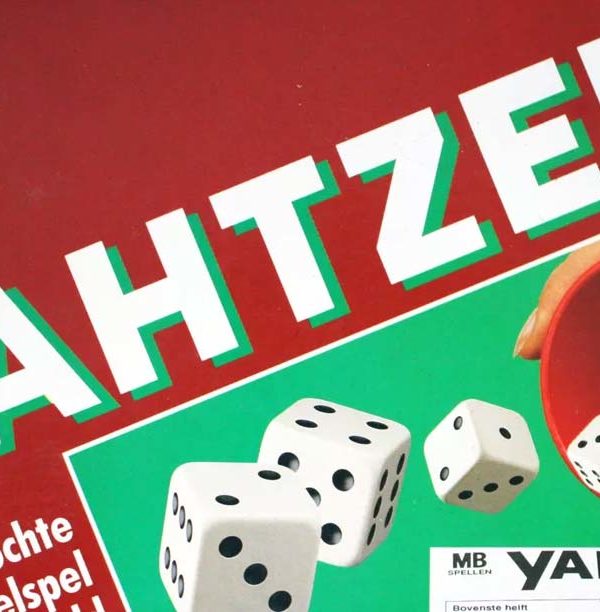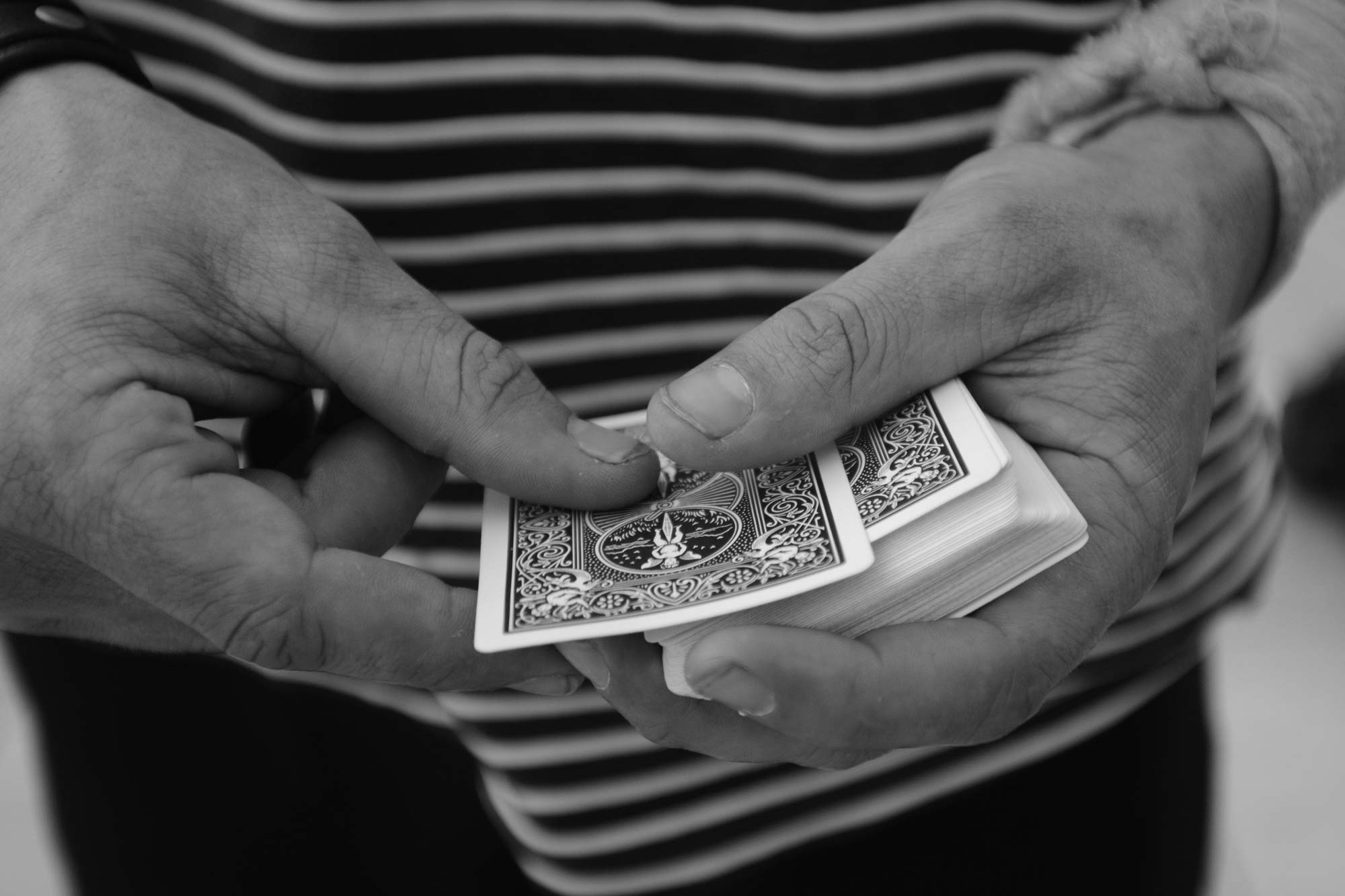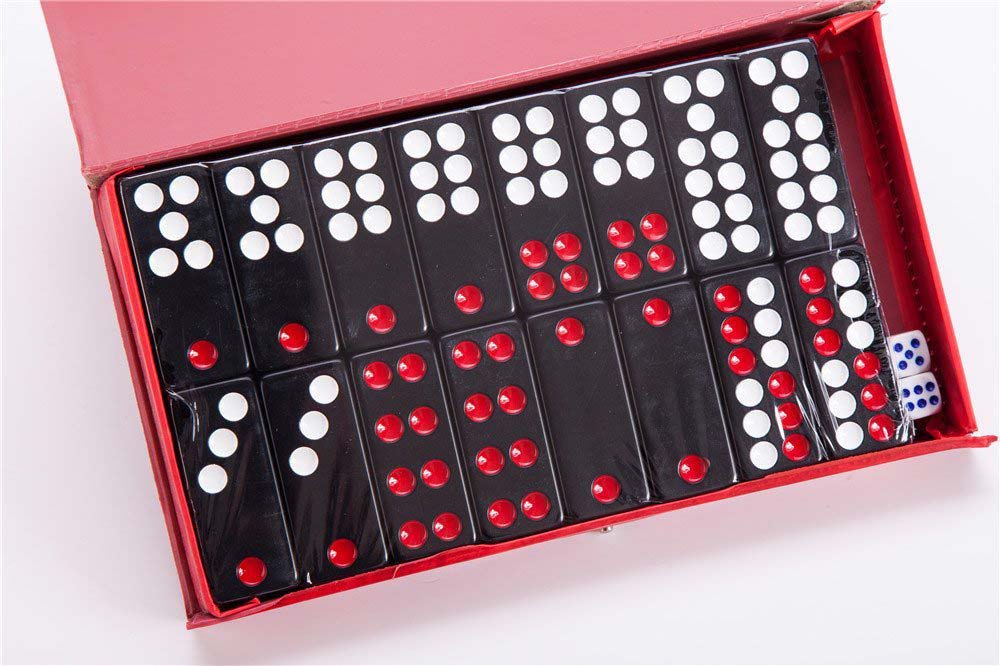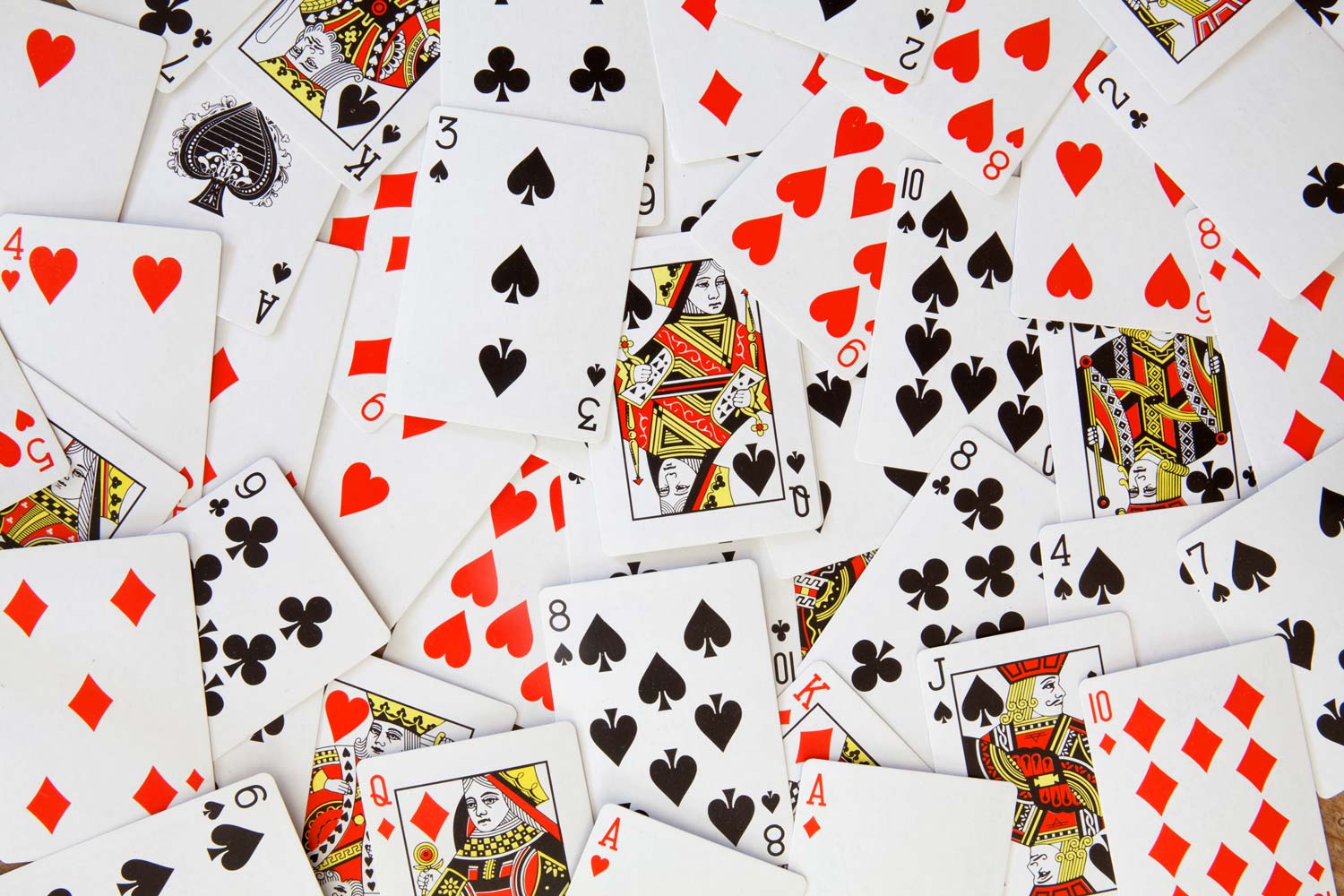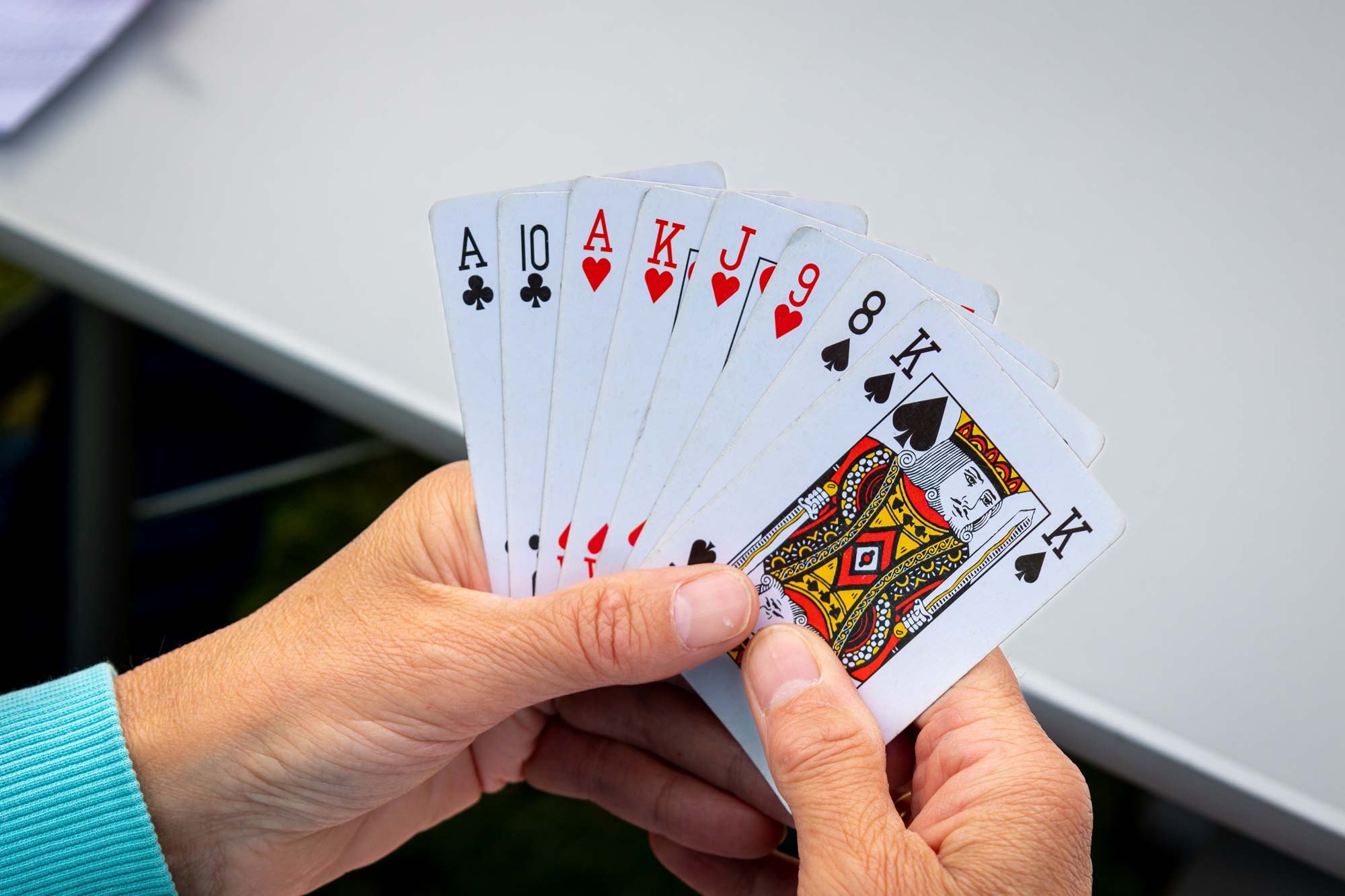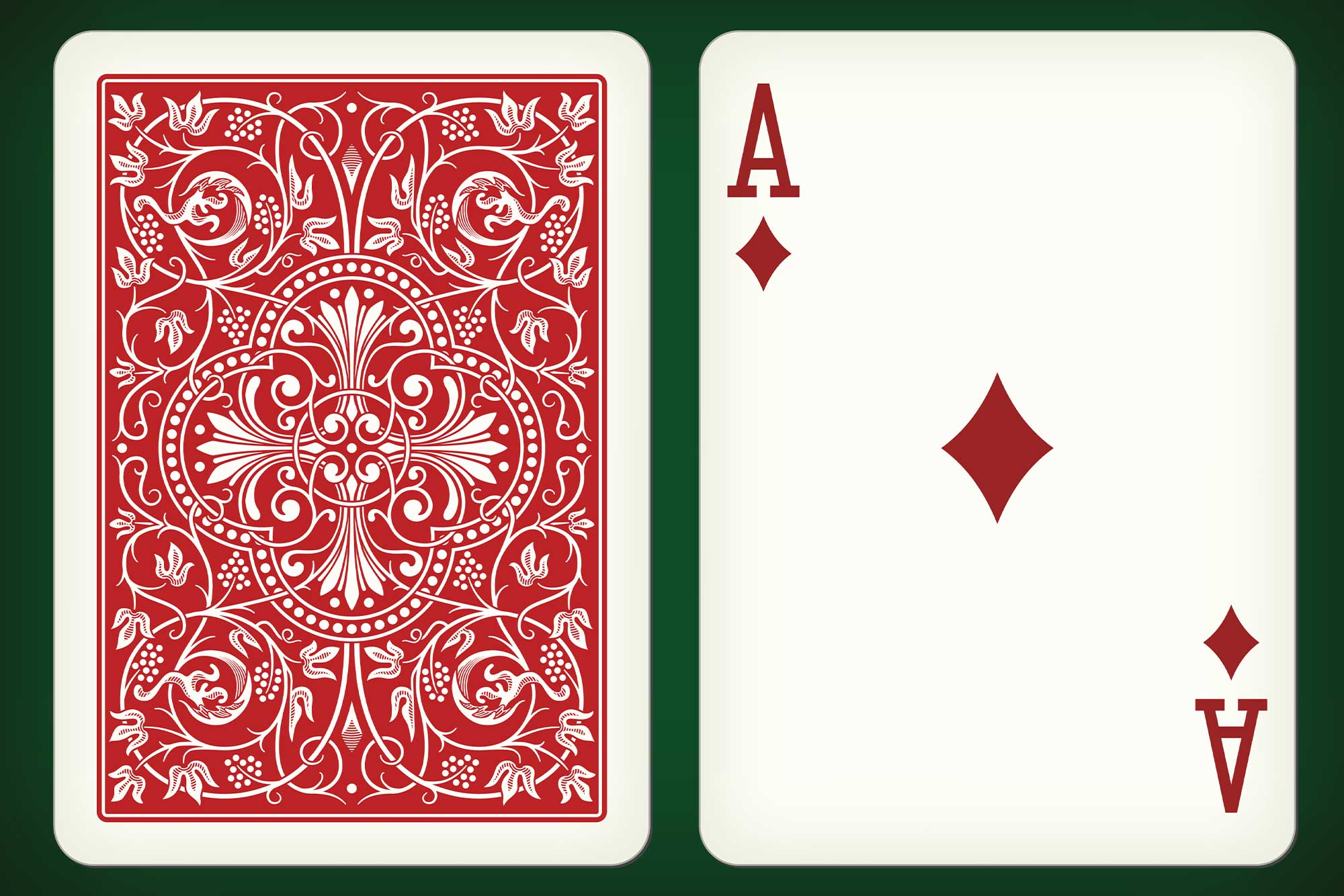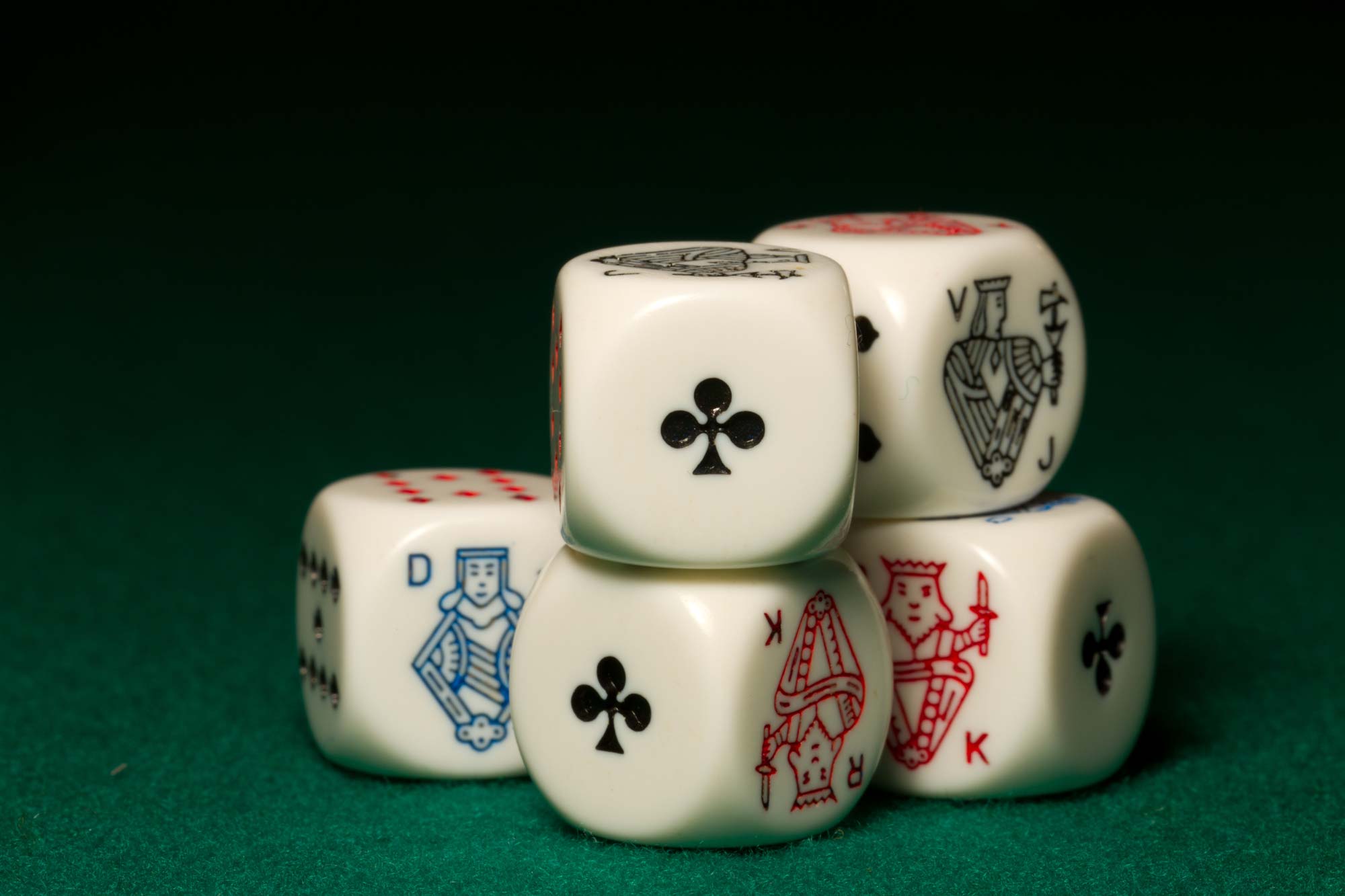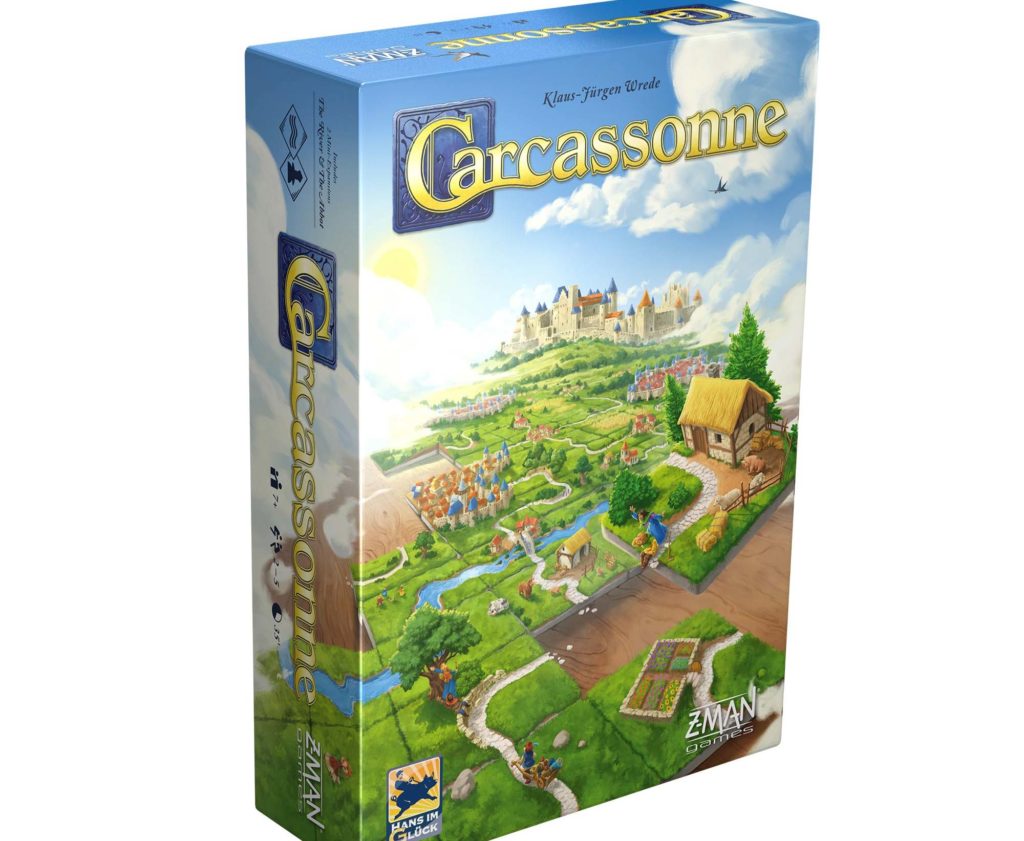
Welcome to Carcassonne, a tile game that transforms you into a medieval builder, crafting cities, roads, and farmlands. Imagine a game night where every tile placed is a strategic decision and every move shapes a miniature medieval landscape. This isn’t just a game; it’s a journey through time, strategy, and creativity. Ready to build your own kingdom and outsmart your opponents? Let’s delve into the enchanting world of Carcassonne.
Country of Origin: Germany
Date of Origin: 2000
Released by: Hans im Glück
Regions Popular In: Worldwide
Family: Tile-based games, board games
Also Known As: None
Variants:
Carcassonne: Hunters and Gatherers,
Carcassonne: The Castle,
Carcassonne: The City
Game Rules
Objective of the Game
The goal is to score the most points by strategically placing tiles to build cities, roads, monasteries, and fields, and by placing your meeples to claim these features.
Number of Players: Typically two to five players.
Tile Information: A Carcassonne set includes 72 land tiles, each depicting a combination of city, road, monastery, and field segments.
Setup
Shuffle the tiles and place the starting tile in the center. Each player draws tiles from the pile during their turn.
Basic Gameplay
Players take turns drawing and placing tiles to extend the landscape. After placing a tile, a player may place one of their meeples on a feature of that tile. Points are scored for completed features, and meeples are returned to the player.
Winning Conditions
The game ends when all tiles are placed. The player with the most points, calculated from completed features and remaining meeples, wins.
Key Terms
- Meeple: A small wooden figure used to claim features on the tiles.
- Feature: Elements such as cities, roads, monasteries, and fields depicted on the tiles.
- Scoring: Calculating points based on the completion and size of features claimed by meeples.
Strategy and Tips
Here’s the scoop: Think ahead and be strategic with your meeples. Focus on completing cities and roads for quick points, but don’t overlook the long-term potential of monasteries and fields. Block your opponents when you can, and always be mindful of tile placement to maximize your score. Remember, it’s not just about building—it’s about outmaneuvering your rivals.
Historical Background
Carcassonne was designed by Klaus-Jürgen Wrede and published in 2000 by Hans im Glück. Named after the medieval fortified town of Carcassonne in France, the game quickly gained popularity for its blend of simplicity, strategy, and visual appeal. It has since become a modern classic, winning prestigious awards and inspiring numerous expansions.
Popularity and Cultural Impact
Carcassonne has become a beloved staple in the board gaming world, known for its engaging and accessible gameplay. It’s a favorite at family game nights and competitive gaming events, with a dedicated following of fans. The game’s expansions and digital versions have kept it fresh and exciting, allowing players to explore new strategies and landscapes.
Legends and Funny Stories
There’s a tale of a Carcassonne player who, in a moment of sheer brilliance, placed a single tile that completed multiple cities and roads, earning an unprecedented score and securing an unforgettable victory. And then there’s the humorous story of a game night where players got so engrossed in building the perfect medieval landscape that they lost track of time and ended up playing until dawn.
Conclusion
Carcassonne: a game that takes you on a journey through medieval landscapes, blending strategy, creativity, and a touch of whimsy. It’s more than just placing tiles; it’s about building your kingdom, outsmarting your opponents, and enjoying the process. Ready to construct your own medieval masterpiece? Grab your tiles, gather your friends, and dive into the captivating world of Carcassonne. Happy playing!
